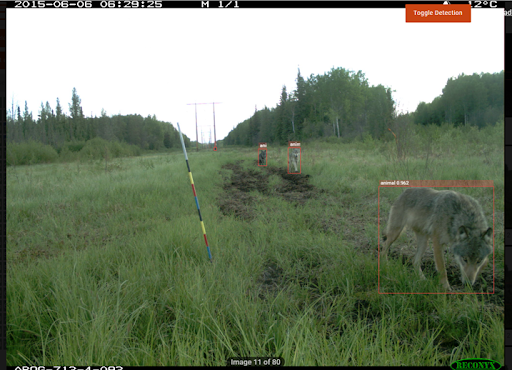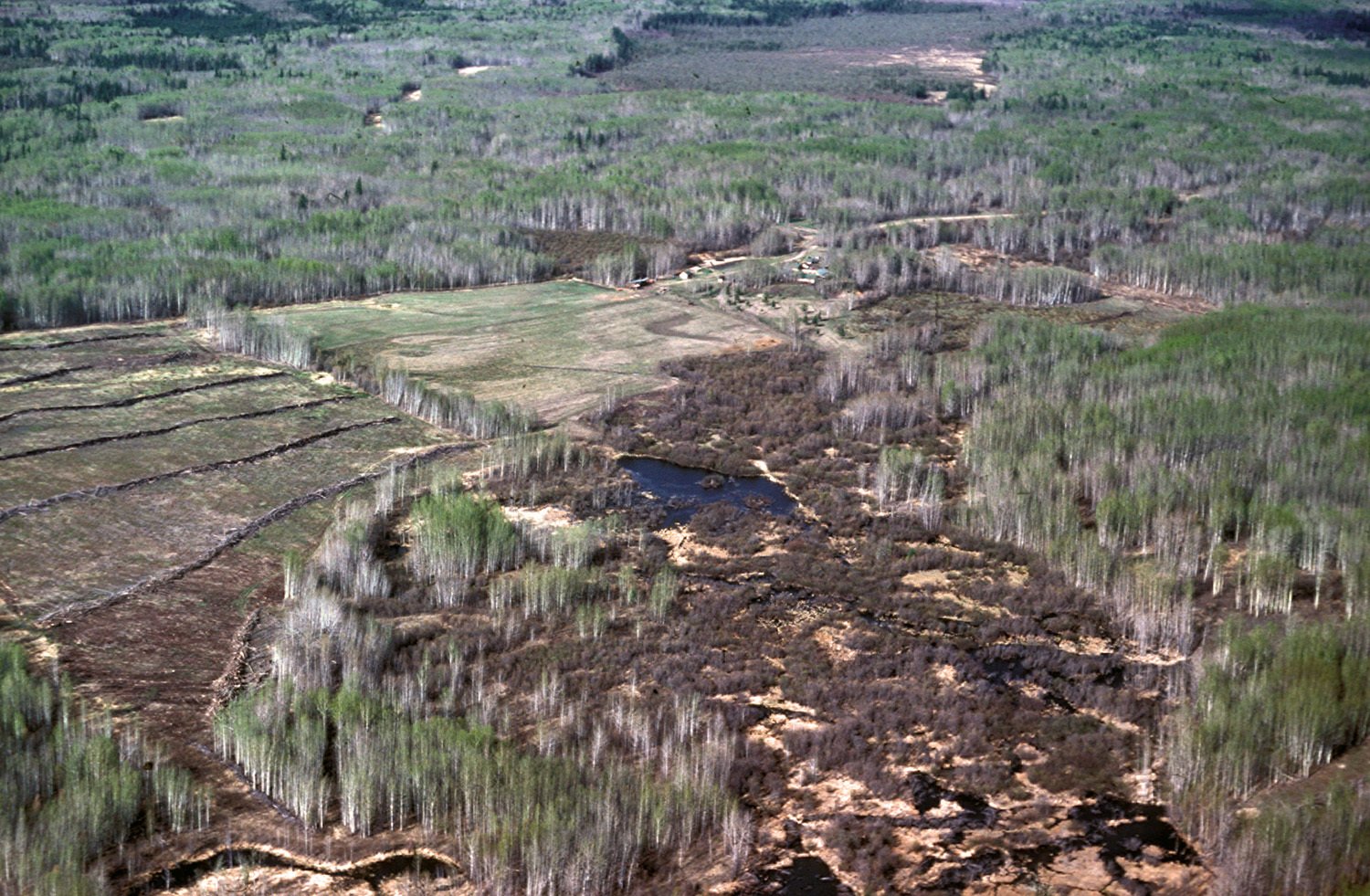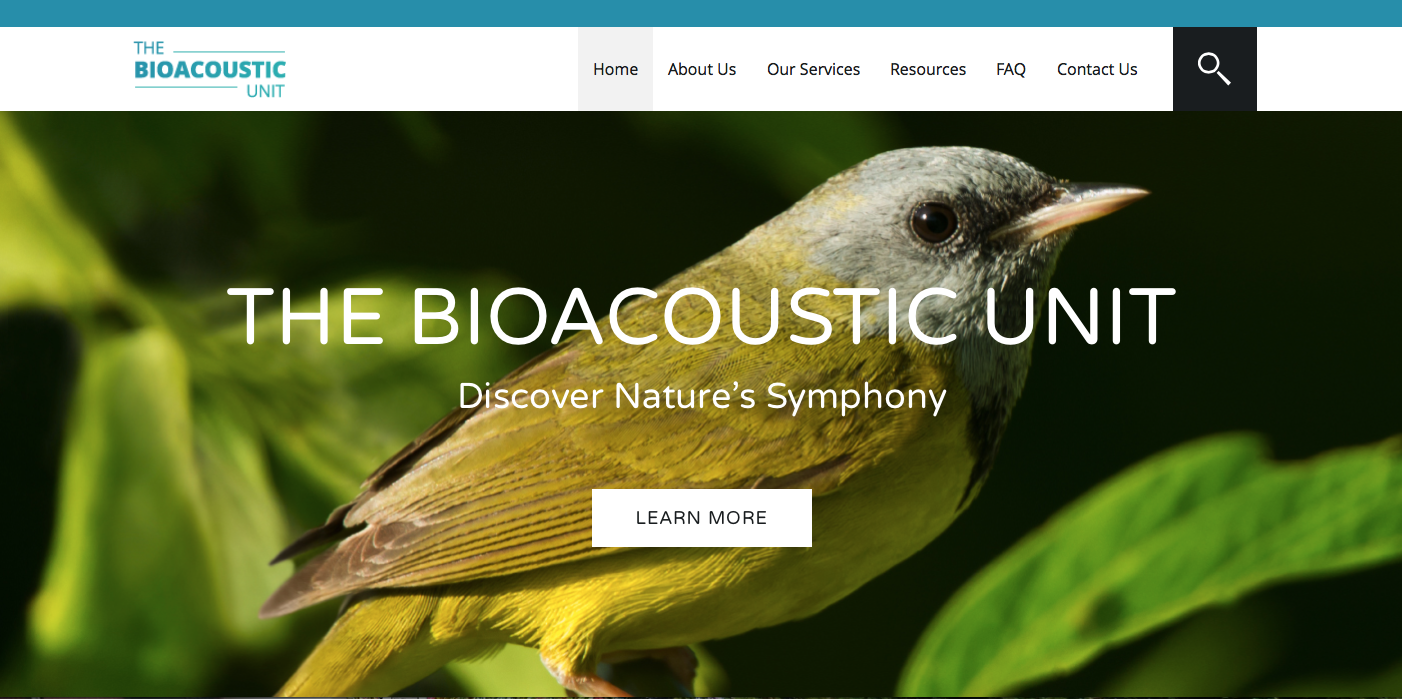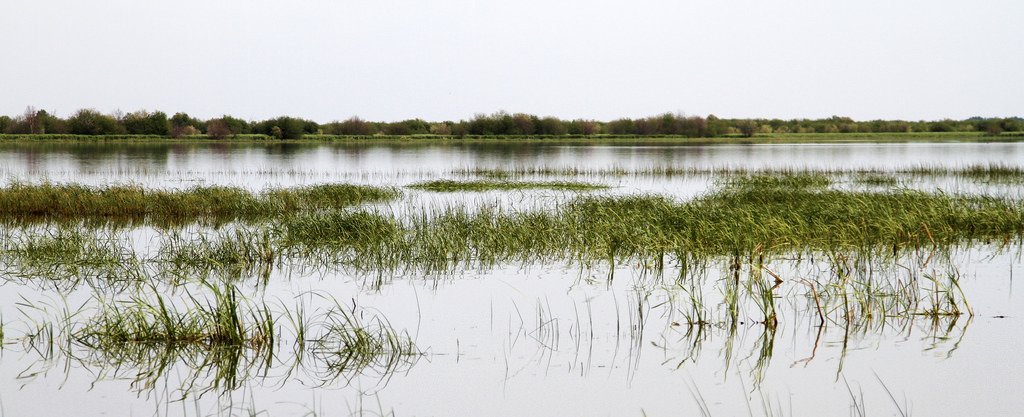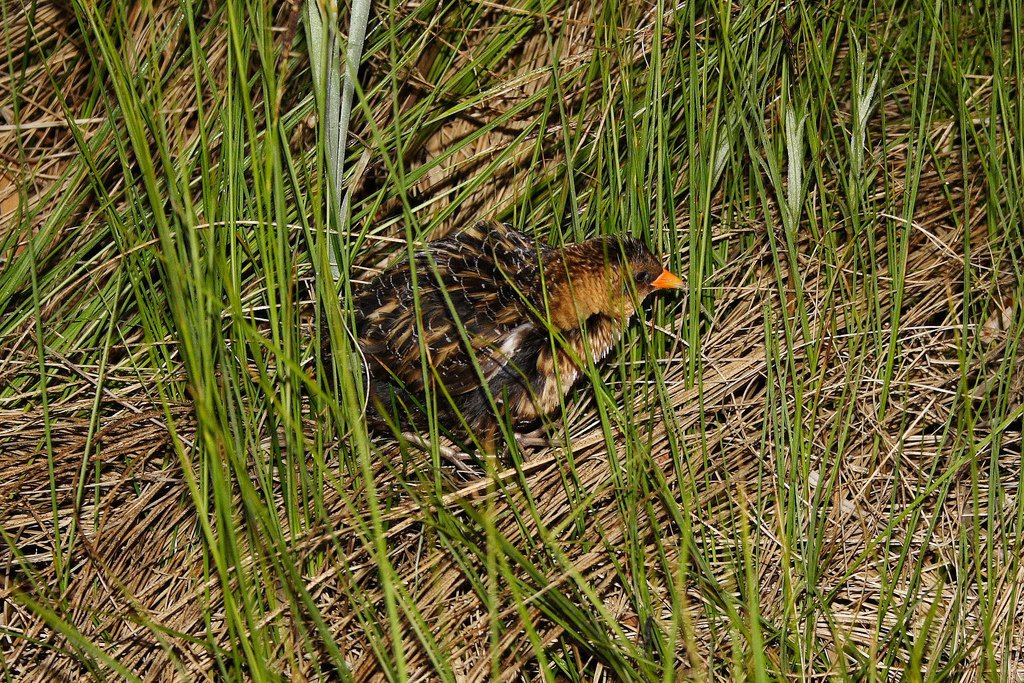What’s all this noise about acoustics? With support from the Bayne Lab at the University of Alberta, the ABMI has used autonomous recording units (ARUs) and sound technology to monitor the environment for over 10 years. Why ARUs? These robust sensors can be set up and left in the field for months or years, allowing [...]


